Apparata designs affordable housing development A House for Artists
London-based architecture studio Apparata has completed a community-driven housing development for artists with a playful design and a facade perforated with geometrically shaped openings.
First announced in 2017, A House for Artists is located in Barking, east London, and was designed to provide low-cost housing and workspace for 12 artists and their families.
The five-story concrete structure contains 12 apartments, as well as artist studio workspaces, a community space, and a shared workspace that can be opened to the public.
Its design, which Apparata called “playfulâ€, consists of a collection of shapes, volumes and stacked openings that are connected by terraces.
A two-story triangular volume on the upper levels of the building adds variation to the facade, while circular windows and openings similarly contribute to the design.
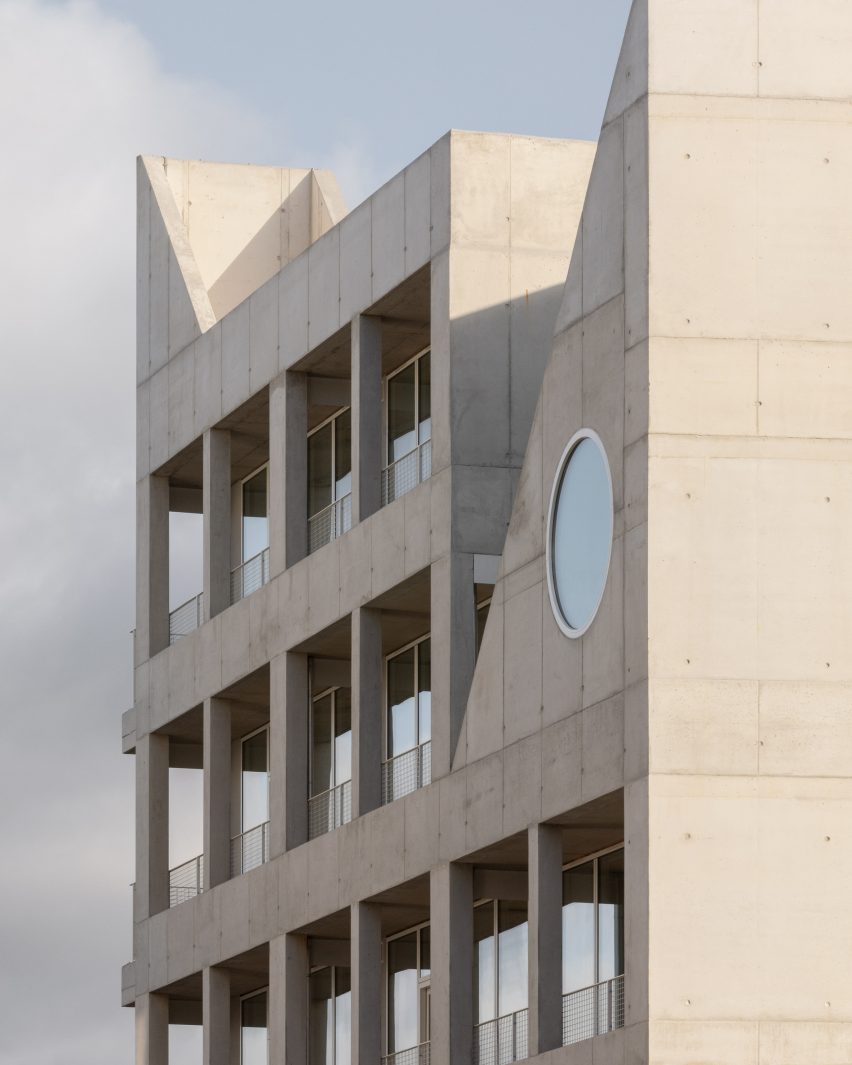
“The building is surrounded by several different typologies and scales. We wanted the building to connect with its surroundings while maintaining its own presence and presence, as the context in the near future will be many tall towers. Apparata co-founder Astrid Smitham told Dezeen.
“The overall volume connects to the surrounding blocks and towers, but the triangular shapes of the roof connect the building to the smaller terraces on the sloping roof. The piles of shapes signal a different kind of typologies, apartments and uses. . “
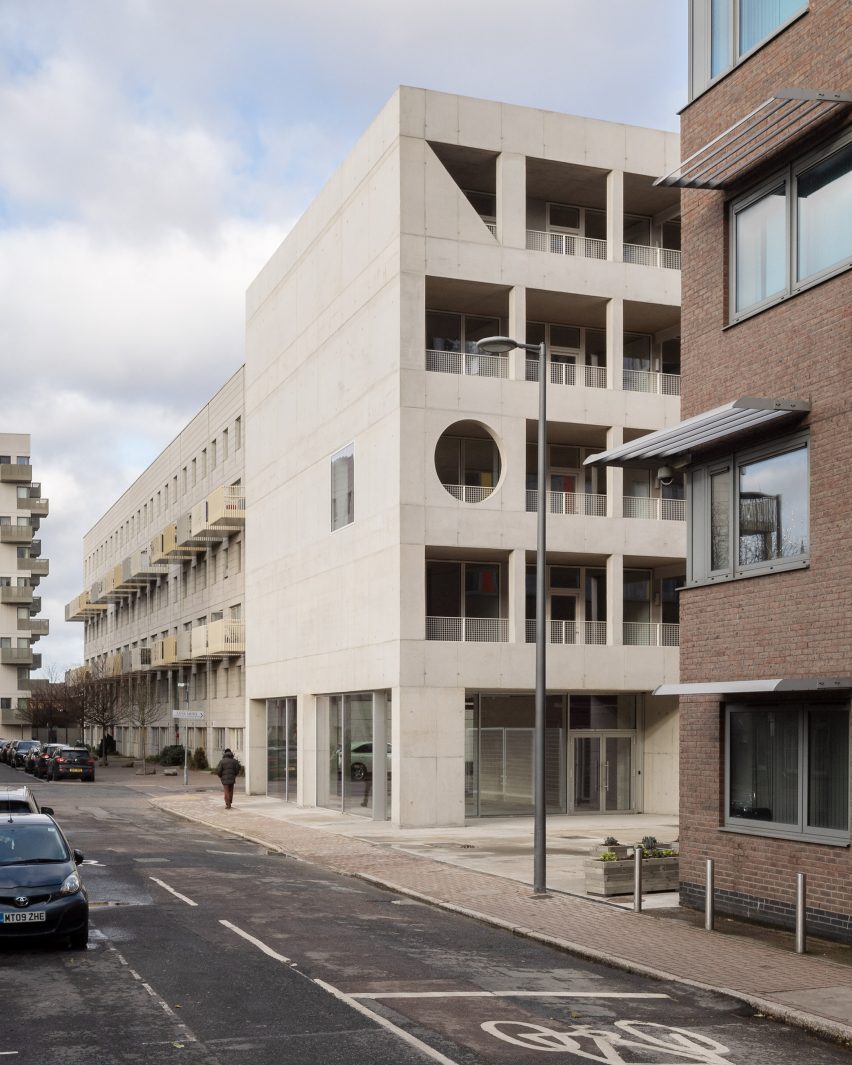
The public and domestic spaces of a Maison des Artistes are clearly defined, the ground floor having bay windows which aim to attract passers-by. Meanwhile, the apartments on the upper floors are set back behind balconies and terraces which provide privacy to its residents.
Each floor can house up to three apartments and has been designed to give residents the flexibility to freely change and adapt the floor plan over time.
The apartments lack the hallways typically found in traditional housing models. Instead, they have an open-plan layout, with bedrooms lining up on the apartment’s southeast edge and parallel living areas on the northwest edge.
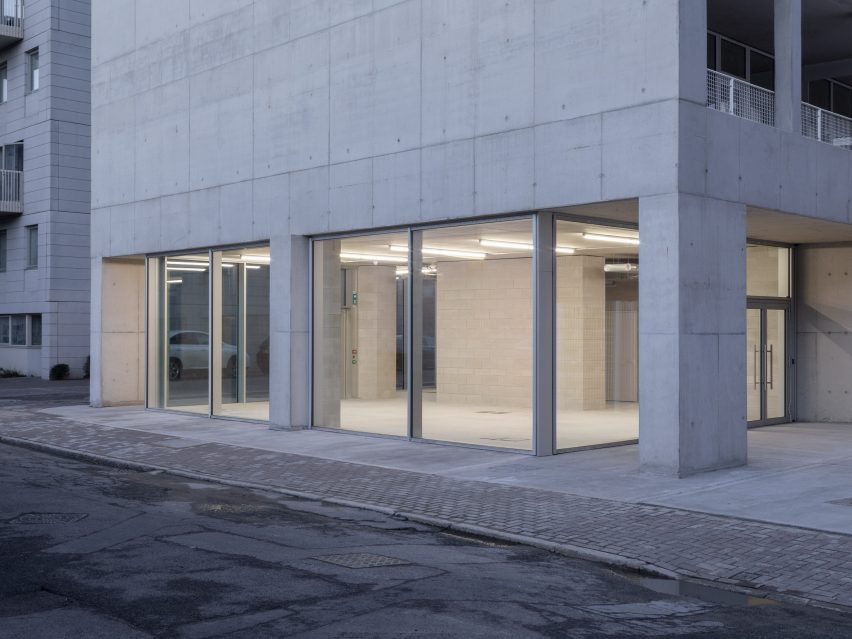
“The design of contemporary apartments is still largely based on the nuclear family while this model does not reflect the diverse configuration of people’s lives today,” said Smitham.
“New types of arrangements are needed: the ability for an elderly parent to live with you temporarily, to share custody of the children with another household, or to develop a meaningful bond with neighbors.”
“The apartments are designed for artists in the first place, so we had high ceilings, large windows, a larger multi-purpose main room and sturdy finishes in mind,†Smitham added.
“But we also wanted to design apartments that respond more generally to housing needs, in terms of different living arrangements, and to be able to adapt to changes in people’s lives over time.
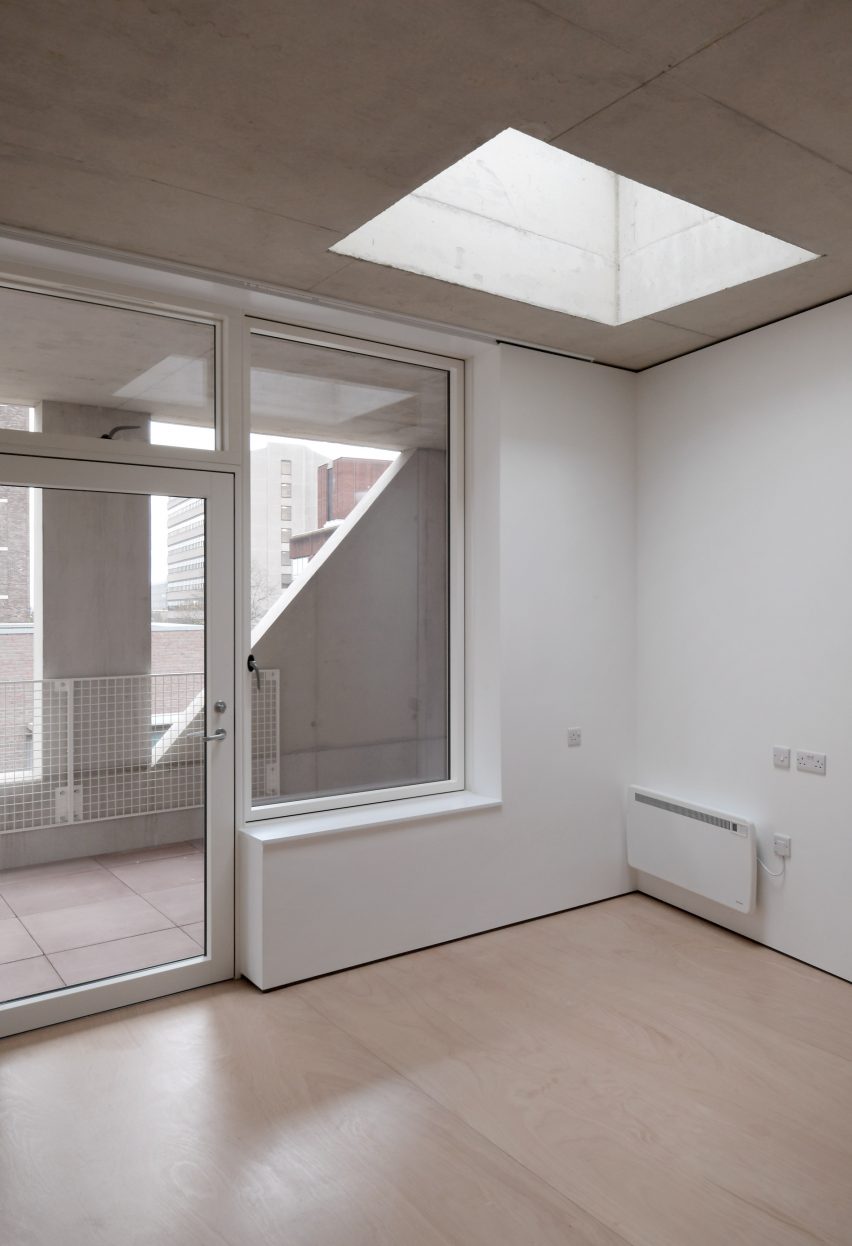
Walls can be removed to meet the resident’s needs, while an apartment floor has been fitted with double dividing doors that allow tenants to merge apartments with adjacent ones for potential cohabitation scenarios.
Each house also has access to shared outdoor common areas.
“In the UK, the adaptability that allows you to expand or create more rooms is usually only possible if you own a house,†Smitham explained. “We wanted to create some of that flexibility in an apartment plan, to allow for social sustainability, so people can meet their changing needs without moving.”
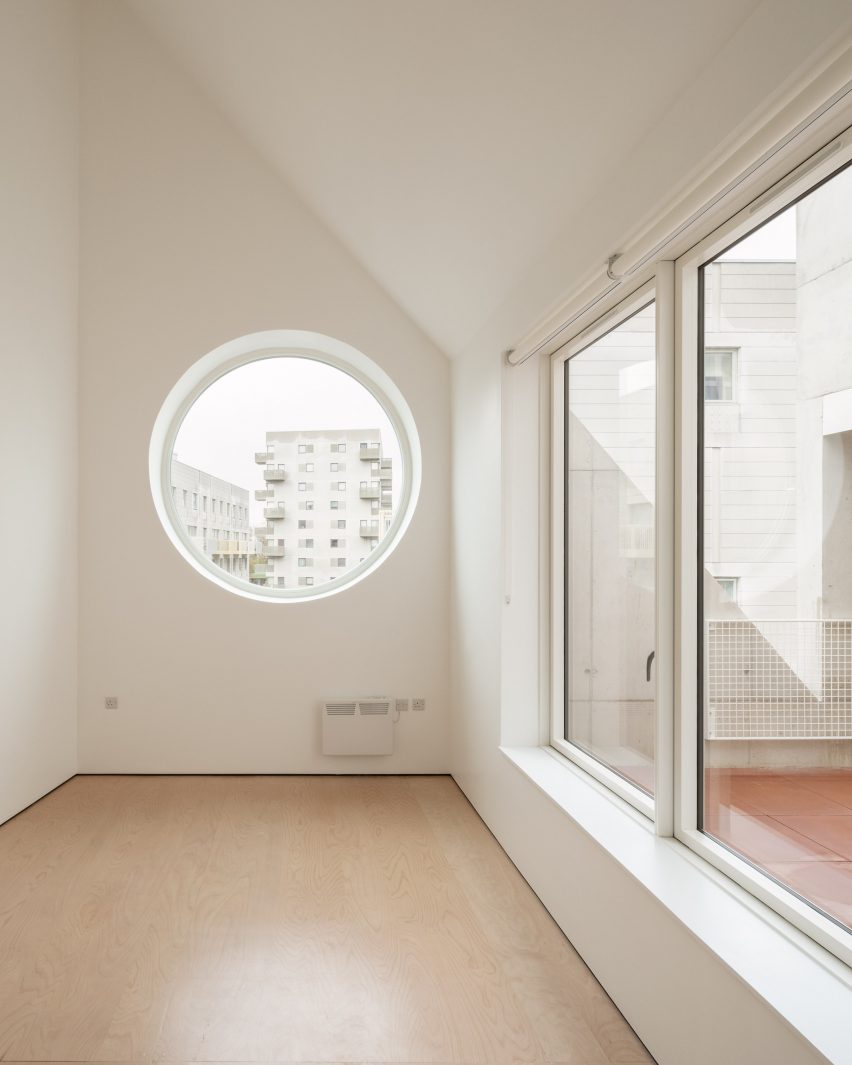
Apparata had originally planned to build a house for the artists using pigmented precast concrete, but chose cast-in-place concrete to better help the building’s structural integrity, its acoustic and thermal performance, as well as its fire protection and weathering.
It was constructed using a single skin of 50 percent ground granulated blast furnace slag concrete (GGBS), in which half of the cement is replaced by a by-product of the steel industry.
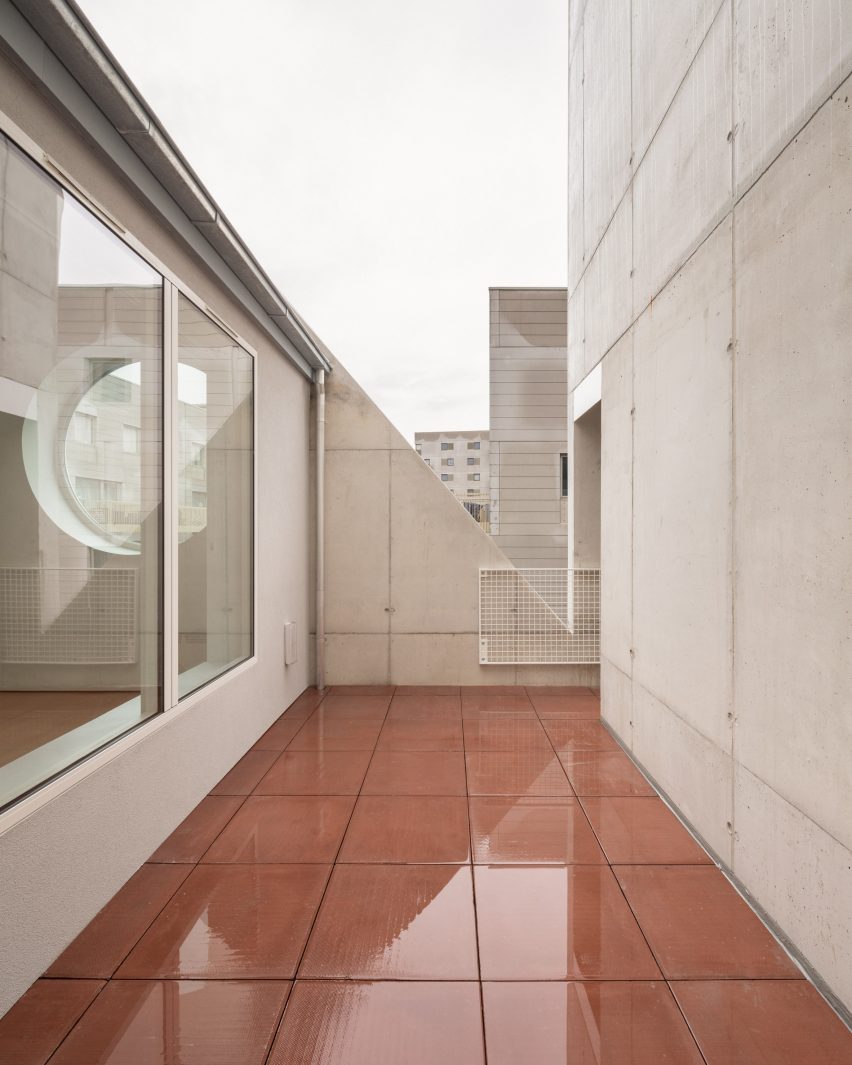
“Concrete has 50 percent substitution of GGBS above ground and 70 percent of GGBS below ground. This significantly reduces the carbon footprint,†said Smitham.
“By making concrete do several tasks: structure, facade skin, fire resistance, thermal mass, acoustic separation, the accumulations of materials in the building are in reality very low, so that the building exceeds the RIBA 2030 climate challenge with more than 20 percent less carbon. “
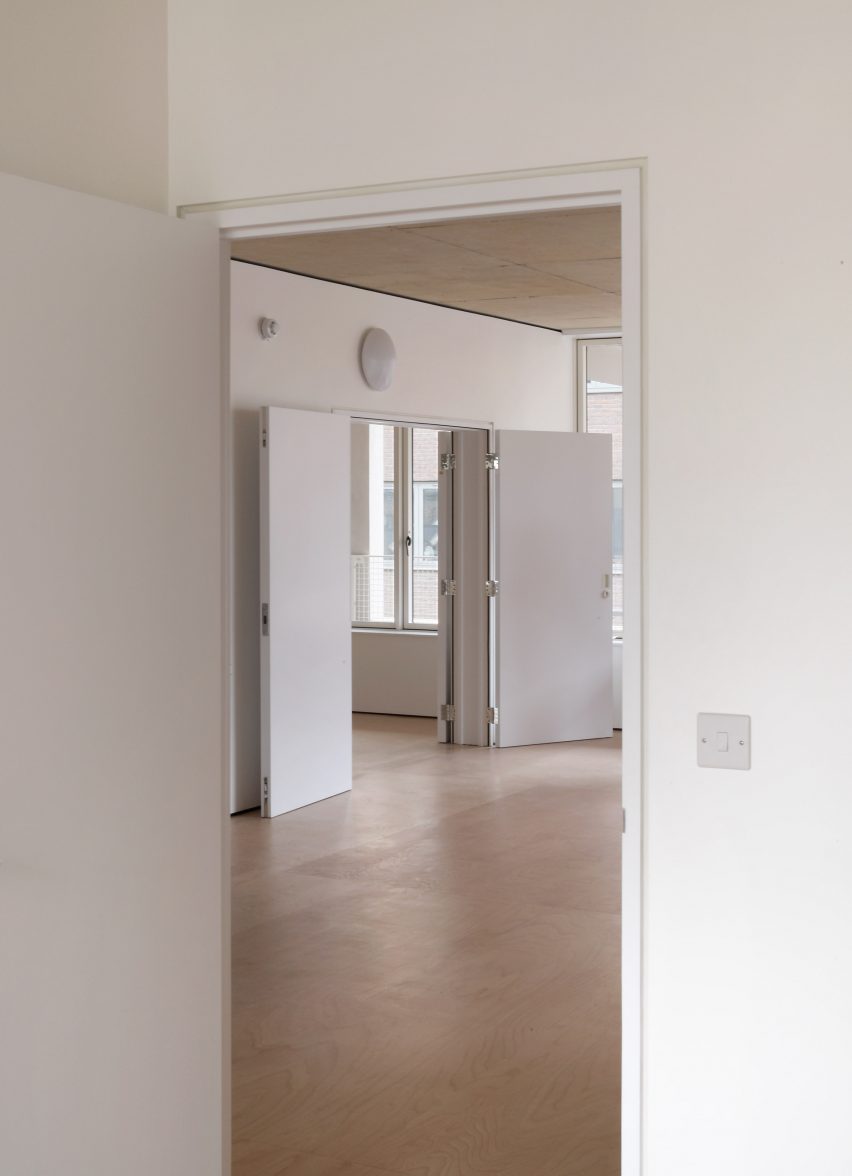
A House for Artists tenants, aged 20 to 70, have been selected by a jury including artist Grayson Perry and will pay 65% ​​of market rent. In exchange for the lower rent, they will contribute to a community arts program that will take place on the ground floor of the building.
The arts association Create, which commissioned the project, will work with the tenants for the first two years of the public community program, after which the group of residents will self-organize.
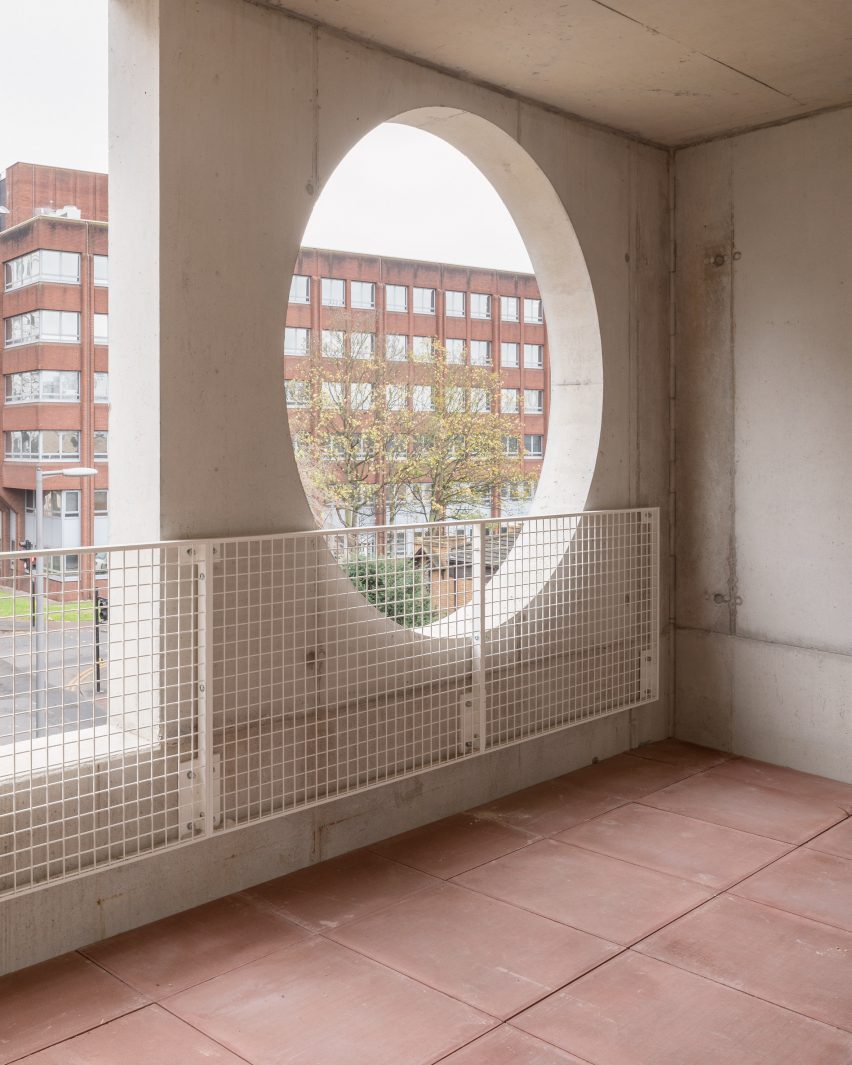
Elsewhere in London, Peter Barber Architects has built a social housing terrace in Greenwich on a “non-developable†site.
In Puglia, Alvisi Kirimoto designed an affordable housing complex with perforated balconies.
The photograph is by Ståle Eriksen, unless otherwise stated. The top image is by Johan Dehlin.


Comments are closed.